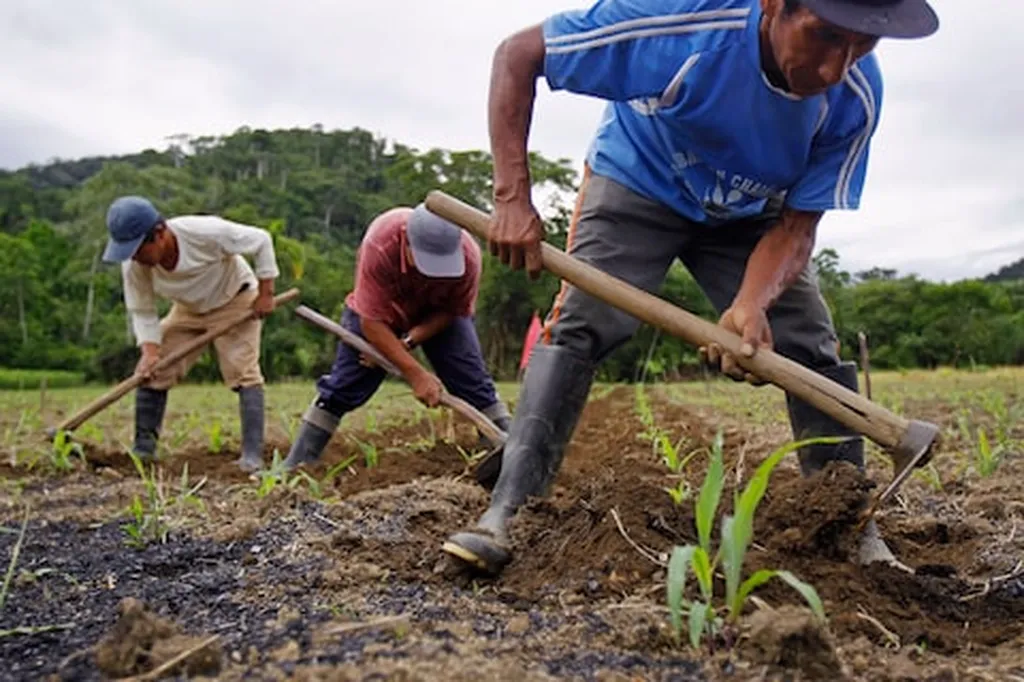Technology adoption took center stage at the 2025 Tech Hub LIVE in Des Moines, Iowa, where ag retail leaders and CropLife editors dissected the challenges and opportunities of integrating new tools into everyday farming operations. Across a series of Fireside Chats, one theme dominated: for agtech to succeed, it must address real pain points with measurable, scalable solutions—not just promise innovation.
The discussions revealed a cautious but pragmatic approach among retailers, who are increasingly selective about which technologies to embrace. Adam Farmer, CTO at Mercer Landmark, summed up the dilemma: “There are so many companies asking us to help onboard growers to their systems.” With a glut of options—from AI-driven analytics to precision spraying—retailers are prioritizing tools that deliver immediate value. Mercer Landmark’s adoption of AgVend, a platform praised by growers for its “Amazon easy” usability, underscores this trend. Yet the sheer volume of pitches has become a hurdle in itself. “If all I did was meet with vendors, that’s all I’d do,” Farmer admitted, highlighting the need for solutions that cut through the noise.
Financial pragmatism remains a key driver. Ben Sheldon of Raven Industries stressed that ROI dictates adoption, especially in lean economic times. “When margins are tight, adoption is driven by ROI,” he said, noting that high commodity prices may spur investment in user experience, but efficiency tools like autosteer and variable rate application remain the steadiest bets. The industry’s focus has shifted toward retrofit and aftermarket solutions, allowing growers to modernize without overhauling entire fleets. CNH Industrial’s push for integrated automation—rather than full autonomy—reflects this incremental approach. “There’s massive untapped potential in simply automating existing processes,” Sheldon observed.
Data complexity also emerged as a barrier, particularly with satellite and remote sensing tools. Dave Gebhardt of EarthDaily acknowledged that while imagery has historically been cumbersome, the company is now prioritizing “low-touch or no-touch” analytics—turning raw data into actionable insights. For example, pilots using satellite imagery to predict corn tasseling stages help optimize fungicide timing, a critical factor in yield protection. EarthDaily’s new fleet of identical satellites aims to provide consistent, high-resolution data at an affordable price point, making advanced analytics more accessible. “We’re focused on ag-level pricing—something scalable, useful, and affordable,” Gebhardt said.
The takeaway from these conversations is clear: successful agtech adoption hinges on solving concrete problems with practical, cost-effective tools. Whether it’s streamlining workflows, improving ROI, or simplifying data, the industry’s focus has shifted from chasing the next big thing to refining what works—today.

